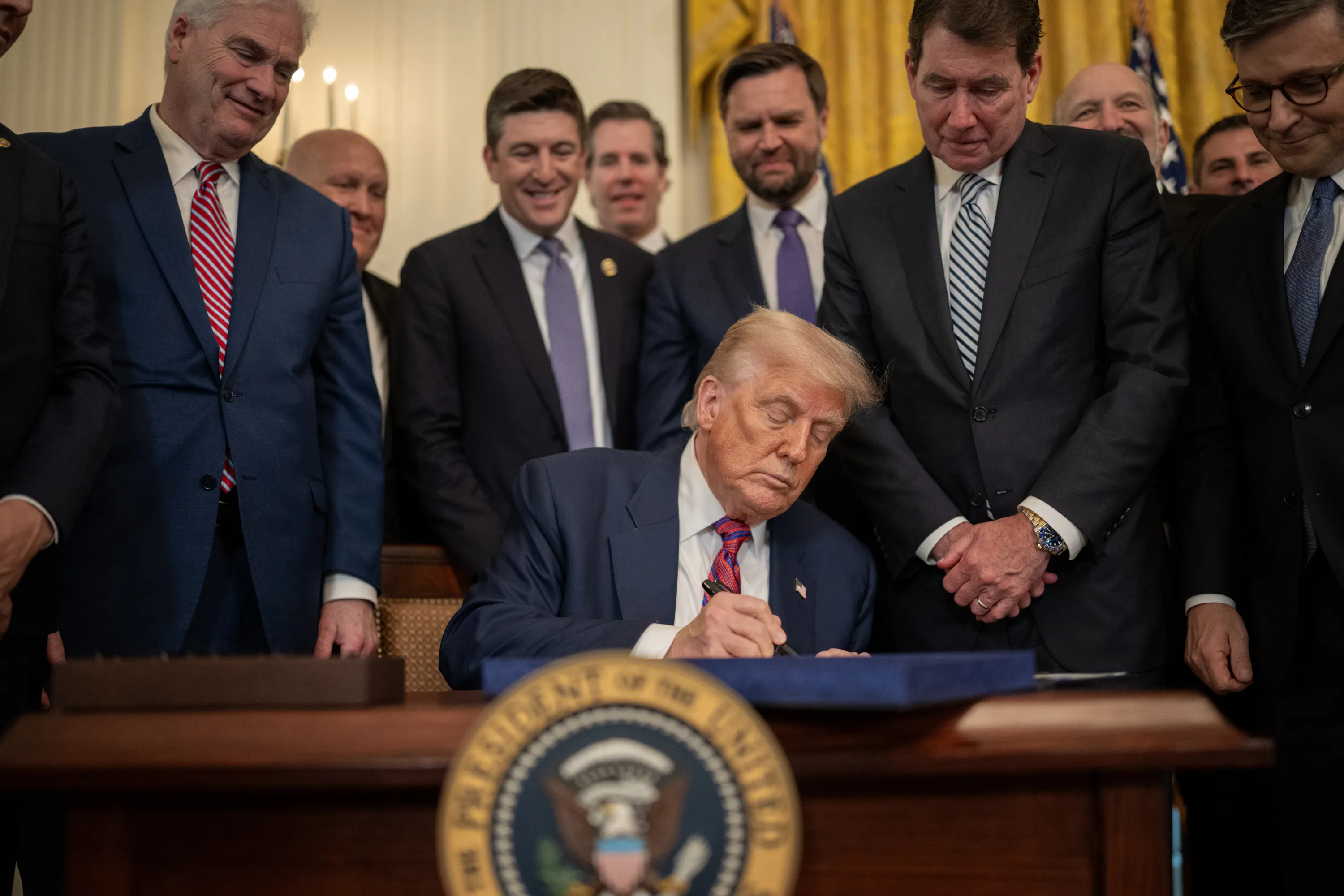How can Malaysia ensure economic growth for all?

Stay up to date:
Economic Progress
When the Federation of Malaya gained independence from Britain in 1957, economic conditions were ripe for rapid and sustained growth – its primary export sector showed immense potential for expansion. A legacy of its colonial past, primary commodities – particularly tin ore and natural rubber – accounted for a third of Malaysia’s GDP and over 75% of exports by 1970. Manufactured exports accounted for less than 10%, raising concerns that heavy reliance on a few commodities left it vulnerable to terms-of-trade shocks from swings in commodity prices. There was little economic diversification up to the 1980s, with undersized manufacturing focused on little more than processing agricultural and mining output.
Policy-induced structural transformation
In fact, several terms-of-trade shocks in the early 1980s, followed by a global recession a few years later, ballooned fiscal and current-account deficits, setting the stage for radical reform. A new national development policy was introduced, easing the affirmative action strictures of the pro-ethnic Malay new economic policy. It placed wealth creation ahead of wealth redistribution. The Promotion of Investment Act of 1986 extended generous incentives for private investors, and regulations on foreign direct investment (FDI) were relaxed, allowing 100% foreign ownership of export-oriented companies. Massive FDI inflows ensued. This opened Malaysia’s gates to the global production network and it succeeded in developing a vibrant and competitive electronics sector, concentrated around Penang (Athukorala and Menon 1999). Manufacturing grew sharply from about 12% of GDP in 1970 to over 30% by the mid-1990s.
Although foreign export manufacturers initially focused on low-skilled assembly in electronics and electrical goods, over time a greater number of firms began supplying some of the parts and components assembled, with some even producing final goods such as radios, TVs, cameras, and computers. But this early upgrading was short-lived. Although Malaysia had an early start in electronics, it could not build on its technological advantage and move up the value chain in any significant or sustainable manner. As wages started to rise, skills remained weak. And then the Asian financial crisis struck.
FDI in Malaysia never recovered. Even domestic investment, especially private investment, slumped and remains stagnant today. Since 2006, Malaysia has been a net exporter of capital, a process many suspect is driven more by capital flight than outward FDI. Although a net labour importer, it remains a net skills exporter, with growing numbers of professionals migrating to Singapore and other welcoming industrialised countries such as North America and Europe. Given these developments, it is perhaps not surprising Malaysia’s fortunes have reversed in recent years, both in manufacturing and across the economy in general.
Policy-induced structural reversal
As during its early post-colonial phase, Malaysia is moving back to processing its agricultural and mineral resources. The only difference is that the commodities themselves have changed. Rubber and tin have shifted to palm oil and petroleum. Petroleum refining and palm oil processing are each now bigger than electronics. Latest available data from the Department of Statistics of Malaysia (2014) show petroleum refining accounted for almost 19% of manufacturing output in 2012, while oil palm processing was 12.1%. While low- and lower-middle income countries are often encouraged to process agricultural or mineral output before export to increase value-added content, Malaysia appears a rare example of an upper-middle-income country –aspiring to high-income status – stunting or even reversing its previous success.
This manufacturing retrenchment has been associated with an overall contraction in its share of GDP, which fell gradually over the years to 24% in 2008 – and has remained so ever since. Malaysia may be experiencing ‘premature deindustrialisation’ the way Rodrik (2015) has recently warned. But unlike many other countries with similar experience, Malaysia’s case appears more policy driven than due to technological disruption or trade and globalisation.
Why should it matter?
Why should we care about these structural shifts within manufacturing and its aggregate contraction?
- The main concern about petroleum refining and palm oil processing is that they are capital-intensive and generate few jobs.
Despite their importance in overall output, they account for only a small share of employment. Just 14,400 workers are employed in manufacturing refined petroleum products, compared to nearly 200,000 in electronics manufacturing, the main source of employment in the sector. Also, greater reliance on commodity processing increases vulnerability to commodity price volatility, as we have witnessed in 2015.
- Also, agro- and petrol-processing industries generate relatively low-productivity, low-skilled jobs.
In fact, this is true in electronics as well, as Malaysia remains stuck at the low end of the electronics manufacturing value chain. Workers in Malaysian manufacturing remain by and large low-skilled, with more than 80% with only a high school degree, and just 7% of manufacturing employees holding a university degree.
- Given the dominance of unskilled workers, wages are also relatively low.
The largest share of manufacturing workers are plant and machine operators – with an average annual salary of around $4,000, when per capita incomes average $11,000. One reason for the wage and per capita income discrepancy relates to the high share of migrant workers, estimated at 500,000 out of a total of 1.8 million workers (World Bank 2013). It is an open secret there are many unrecorded or illegal migrant workers paid even less. And although their wages are not directly reflected in official data, their presence keeps wages of recorded workers lower than otherwise.
What to do
If Malaysia is to realise its aspirations and enjoy living standards associated with advanced or high-income countries, it must arrest the structural degeneration into low-productivity, low-wage manufacturing. It must also improve the business environment to revive private investment in manufacturing to return to its pre-Asian financial crisis share of GDP.
Regenerating manufacturing is unlikely without an overhaul of current policies. There is a growing recognition that many of the country’s problems – including the slump in private investment – are rooted in the distortions resulting from the design and implementation of the 1970-1990 New Economic Policy (NEP) and its subsequent incarnations (Menon and Woo 2014). This has even been acknowledged by the New Policy’s greatest proponent in his recent memoirs (Mahathir 2011). The government-linked corporations spawned to serve racial economic redistribution now crowd out private investment in most sectors of the economy, including manufacturing (Menon and Ng 2013). Perhaps it is addressing the impact that the government-linked corporations are having on private investment that is the most important factor in reviving the manufacturing sector, and more so than the other distortions associated with the redistribution programme.
While Malaysia may still reach the technical threshold of high-income status in a few years – assuming an economic crisis can be averted before then – it still means little to the welfare of most workers in manufacturing if it continues its journey backwards.
This article is published in collaboration with VoxEU. Publication does not imply endorsement of views by the World Economic Forum.
To keep up with the Agenda subscribe to our weekly newsletter.
Author: Dr. Thiam Hee Ng is a senior economist with the Asian Development Bank where he works on financial markets. Jayant Menon is the Lead Economist in the Economic and Regional Cooperation Department of the Asian Development Bank.
Don't miss any update on this topic
Create a free account and access your personalized content collection with our latest publications and analyses.
License and Republishing
World Economic Forum articles may be republished in accordance with the Creative Commons Attribution-NonCommercial-NoDerivatives 4.0 International Public License, and in accordance with our Terms of Use.
The views expressed in this article are those of the author alone and not the World Economic Forum.
Forum Stories newsletter
Bringing you weekly curated insights and analysis on the global issues that matter.
More on Economic GrowthSee all
Agshin Amirov and Azar Hazizade
September 19, 2025
Muhammad Osama Khan and James Balzer
September 18, 2025
Eric White and Elia Tziambazis
September 18, 2025
Lars Holmquist
September 17, 2025
Dante Disparte
September 17, 2025
Hazuki Mori and Luigi Scatteia
September 17, 2025






